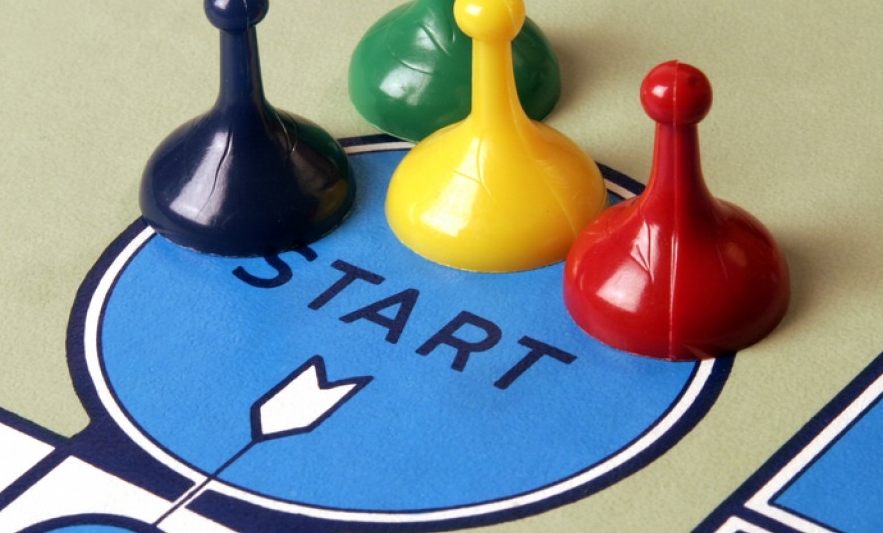Published on the 29/07/2015 | Written by Beverley Head

Getting consumers to behave in a certain way at a certain time is manna for large enterprises, and increasingly gamification is being used by marketers to influence behaviours…
Almost saturation penetration of smartphones and broadband technologies means that enterprise and consumer can be practically constantly connected. Gamification seeks to both engage and influence consumer behaviour by gaining their interest and rewarding specific behaviours.
Brisbane based Pro-Active Games, which has the Tatts Group as its largest single investor, is banking on continued demand for gamified solutions, and has re-engineered its back end systems in order to speed up the rate at which it can develop games and marketing solutions for clients.
Stephen Schwalger, business development director, said that the new Pro Active Games development platform had cut the time and cost to deliver solutions for clients. He said that a gamified solution for 5,000 users could now be delivered for around $10,000.
However the company has hijacked consumer enthusiasm for cloud solutions and refers to this proprietary platform as Gamification as a Service, which it isn’t – yet. Although it runs on the Microsoft Azure cloud and is scalable, Pro Active Games still tightly controls its use.
Unlike Canva, for example, which offers a true cloud based service and a collection of templates and design collateral to allow people to create their own professional graphic design products, Pro-Active Games is keeping its game templates and know-how in house.
Chief executive Geoff Marshall acknowledged that at present the company only offers its so called “gamification as a service” as a managed service, with it doing the managing. He claimed however that the company’s plans were that a year or so hence it would make available the templates it has developed for games development to the wider market.
While there is huge interest in gamification, the jury is still out on the effectiveness of the approach. In a paper presented at the Hawaii International Conference on System Science late last year, three university researchers conducted a literature review which revealed an in-general positive impact – but with caveats.
“Gamification provides positive effects; however, the effects are greatly dependent on the context in which the gamification is being implemented as well as on the users using it,” according to the paper, before its authors went onto recommend more rigorous scientific analysis be conducted.
Even without rock solid proof of gamification’s value Frost & Sullivan has forecast that global spending on gamification is doubling each year, and will this year be worth over $US4 billion.



























